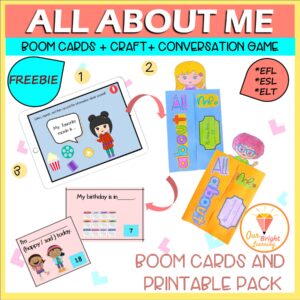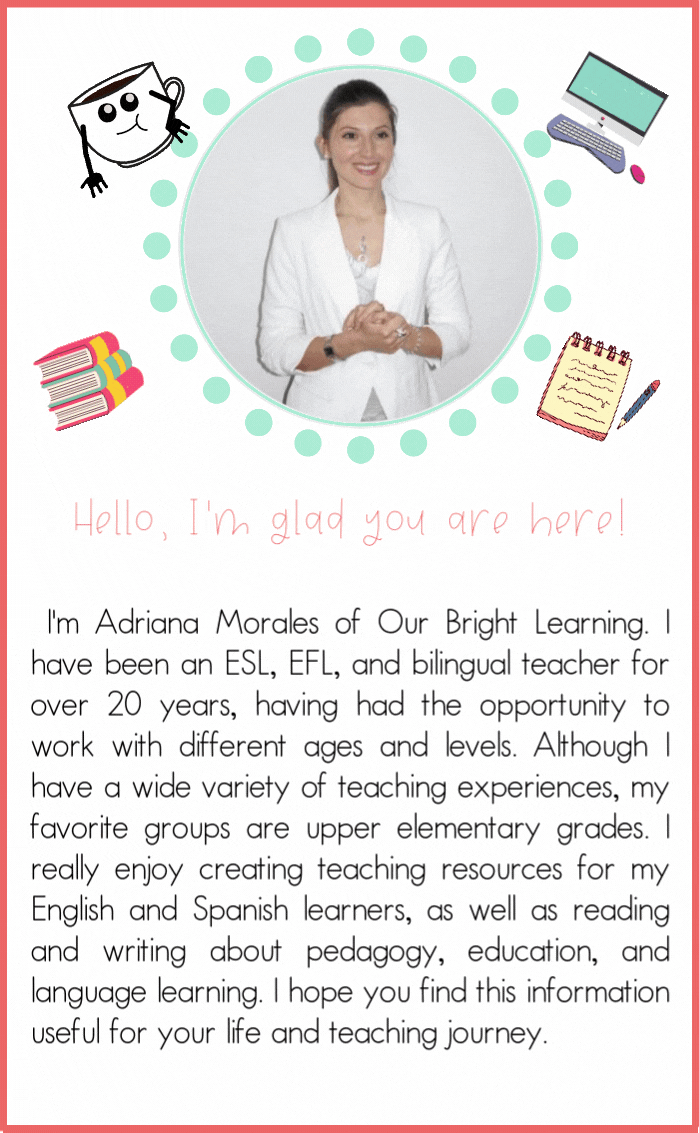Exploring the Benefits of Integrating Arts in ESL, EFL, and ESOL Lessons: Insights from Neuroscientists.
Neuroscience
Photos and gifs: https://giphy.com/ and pixabay.com
In the last several months, I have been asked why I prioritize hands-on activities in my ESL and ESOL lesson plans. The answer to this question has to do with the discoveries done in the neuroscience field. As you already know, in many of the schools around the world, arts teaching has been relegated to one of the last places on the list of priorities. This just reflects the lack of updated knowledge schools’ directives have regarding this topic, and the importance it has in the students’ learning. According to the book Neuromitos en educación written by Anna Forés, José Ramón Gamo, Jesús C Guillén, Teresa Hernandez, Martha Ligioiz, Félix Pardo, and Carme Trinidad, there are five remarkable reasons why arts must be ranked at the top of the list in our ESL and ESOL tool kit.
-
Arts Help Us to Catch Students’ Attention:

Yes, I know…..this is not rocket science, we all know that children love arts, they really enjoy drawing, painting, modeling, singing, etc. and that’s the reason why we immediately see their faces change when our lesson plan includes any of these artistic tasks. And yess, “attention” is an extremely strong reason why we should try to add many more artistic activities to our lesson plans. But the question is: Why are arts so appealing? Well, it is because their use allows children to join their personal fantasy, the sensory stimulation and different materials, in one single experience. All these elements bring to children a sense of expectation and excitement which are essential if we want to have their attention.
-
Arts Improve Motivation:

In this book, the authors also affirm that the use of arts, when teaching any discipline, is one of the best ways to generate intrinsic motivation in learners. Maybe this is because when students are asked to develop an artistic piece, no matter its nature, they are really involved and demand active participation. The act of creating art allows children to explore their own feelings and personal perspectives to be able to come up with a very authentic piece of art. This is easily seen when, as ESL teachers, we ask our students to draw a picture in which they change the end of a story we have just finished reading. The act of making up a different ending for a story allows our students to feel free to create something that won’t be tagged as right or wrong, it simply lets them express themselves freely and…. tell me…. what is the purpose of learning if there’s no freedom of speech? Art liberates and helps us express ourselves much better!
-
Arts Strengthen Students’ Socioemotional Competencies:

It is not a secret that in the current world, mental health is in crisis. It is commonly seen how very young learners have serious depression and confidence problems. Well, according to authors, after having studied the results of some art-based programs done in 2004, it has been proven that developing any type of art can strongly help individuals improve their mood and self-regulation during challenging situations. Besides all this, the acquired self-regulation will not only be available during the students’ school time, but also in their future lives. These findings clearly show that our schools urgently need to use art as one of the pillars in future education if our purpose is improving students’ mental health.
4. Arts Promote Cooperative Learning, Reflection And Self
Evaluation:

It is not a secret that in the current world, mental health is in crisis. It is commonly seen how very young learners have serious depression and confidence problems. Well, according to authors, after having studied the results of some art-based programs done in 2004, it has been proven that developing any type of art can strongly help individuals improve their mood and self-regulation during challenging situations. Besides all this, the acquired self-regulation will not only be available during the students’ school time, but also in their future lives. These findings clearly show that our schools urgently need to use art as one of the pillars in future education if our purpose is improving students’ mental health.
-
Arts Develop Divergent Thinking:

When a child practices any type of art, they are developing the ability to see life and problems in more than one way. The creative process of art allows individuals to try different tools, materials, colors, techniques, sounds, etc. Art practice promotes a wide range of solutions to a problem, which is undoubtedly one of the skills any professional will need in the future. The best thing about this is that the development of divergent thinking is not only useful and applicable to arts, but also to other fields like engineering, math, technology, and social sciences, which is of great advantage in the job market.

In conclusion, the communicative nature of the ESL, EFL, and ESOL classrooms proves that they are the type of environment in which arts can be widely and effectively applied. We can develop oral and written skills just by asking children to give their opinion about any type of painting, sculpture, movie, song, story, etc. We can also ask them about the process they followed to make their artistic pieces. The nature of our subject highly promotes interaction and permanent communication among peers that will not only develop their written and oral abilities, their relationships, and their ability to see things from different perspectives, but also their self–reflection and social competencies. All these skills can be efficiently developed by prompting and guiding our learners when necessary.

Now, it is time to allow your students to have fun with this FREE “ALL ABOUT ME” resource you can use with your young learners on the first day of school. This classic, but carefully designed hands-on set, will inspire your learners to not only talk and write, but also to grow through art creation. Click on the image below to download this FREE product.







Discussion about this post